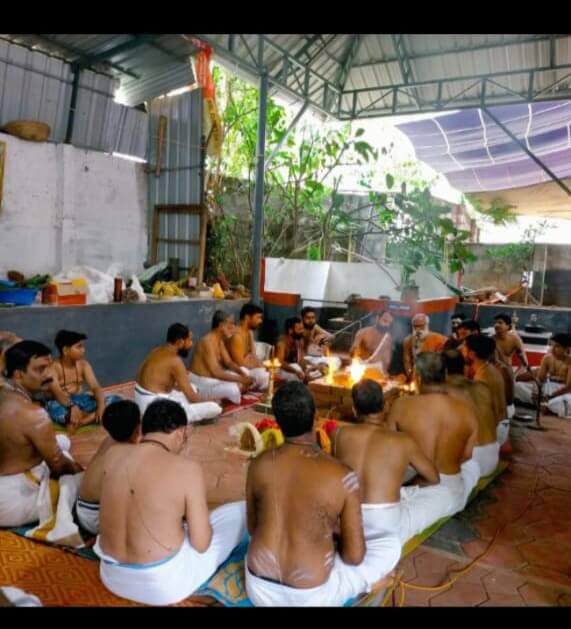JOIN OUR COURSE ON HOW TO PERFORM YAJNA
Understanding the Significance of Yajna or Homa in Vedic Traditions
Yajna, also known as Homa, holds a profound significance in Vedic traditions, playing a pivotal role in spiritual, social, and cosmic aspects of life. This ancient ritual has been practiced for centuries, embodying the essence of selfless service, cosmic connection, and the harmonious balance between individual and universal well-being.
1. Origins and Historical Context:
Yajna finds its roots in the ancient scriptures of the Vedas, where it is considered a sacred duty and a means to establish a connection with the divine forces. The Rigveda, one of the oldest texts, contains hymns and verses dedicated to various yajnas, emphasizing their importance in fostering prosperity and spiritual growth.
2. Symbolism and Ritual Components:
The yajna ritual involves a complex set of symbolic actions and offerings. The sacred fire, Agni, serves as a medium through which offerings are made to various deities. Each element of the ritual, from the arrangement of the sacrificial altar to the chanting of mantras, holds symbolic significance representing cosmic order, gratitude, and devotion.
3. Spiritual and Psychological Benefits:
Yajna is not merely a ritualistic practice; it is believed to have profound spiritual and psychological benefits. The act of selflessly offering to the divine forces cultivates a sense of detachment and humility. The repetition of mantras during the ritual aids in concentration and promotes inner peace, creating a conducive environment for spiritual growth.
4. Social Harmony and Community Bonding:
Beyond individual spiritual pursuits, yajna plays a crucial role in fostering social harmony and community bonding. The collective participation in the ritual signifies a shared commitment to the well-being of the community. It serves as a reminder of the interconnectedness of individuals and their responsibility towards each other.
5. Environmental Consciousness:
Yajna is inherently eco-friendly, emphasizing the use of natural materials in the offerings and the responsible use of fire. This reflects the ancient understanding of the interdependence between humans and nature. The ritual encourages a sustainable and respectful relationship with the environment.
6. Variations and Adaptations:
Yajna has evolved over time, adapting to different cultural and regional contexts. Various forms of yajna exist, each with its unique practices and interpretations. From the elaborate Agnistoma to the simple daily Agnihotra, these variations cater to diverse spiritual needs and preferences.
7. Relevance in the Modern Context:
In the fast-paced modern world, the relevance of yajna is still profound. Its emphasis on selflessness, environmental consciousness, and spiritual growth provides a timeless framework for individuals seeking balance and purpose in their lives. Integrating yajna into contemporary practices can offer a holistic approach to well-being.
In conclusion, the course on Yajna or Homa offers a deep dive into the rich tapestry of Vedic wisdom, providing participants with insights into the spiritual, social, and environmental dimensions of this ancient ritual. By understanding its origins, symbolism, and benefits, individuals can embark on a transformative journey that aligns personal growth with the greater cosmic harmony.
